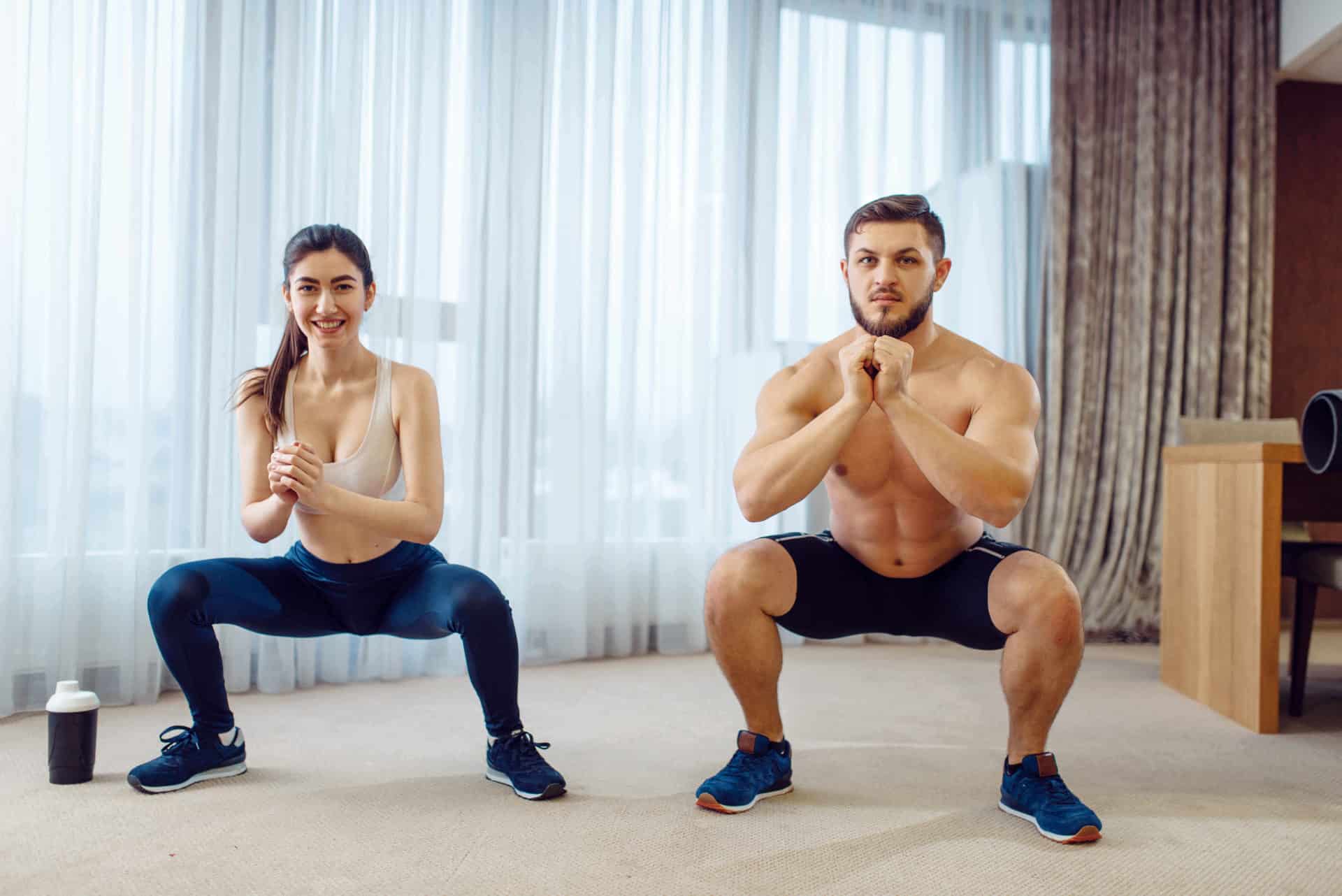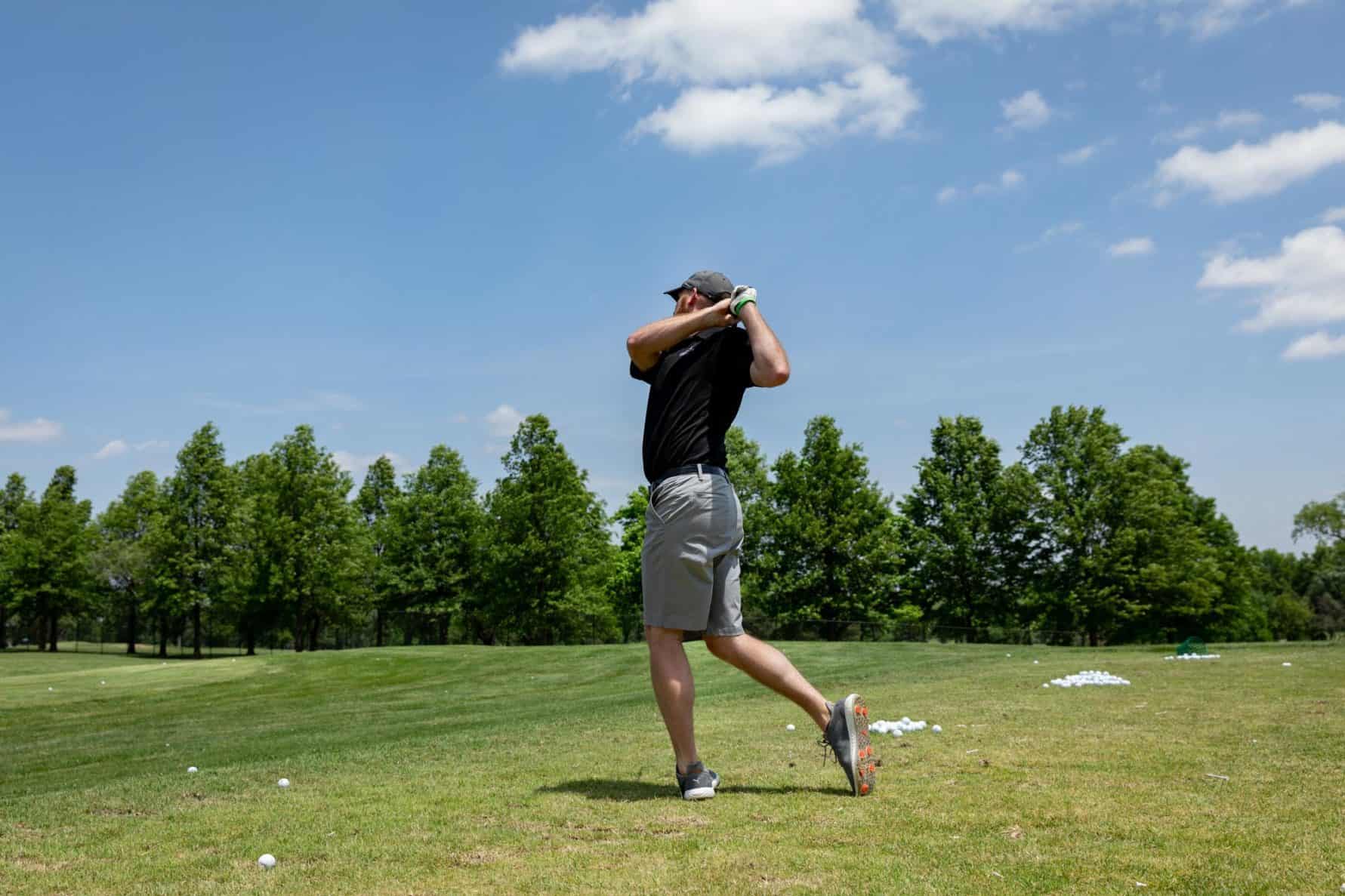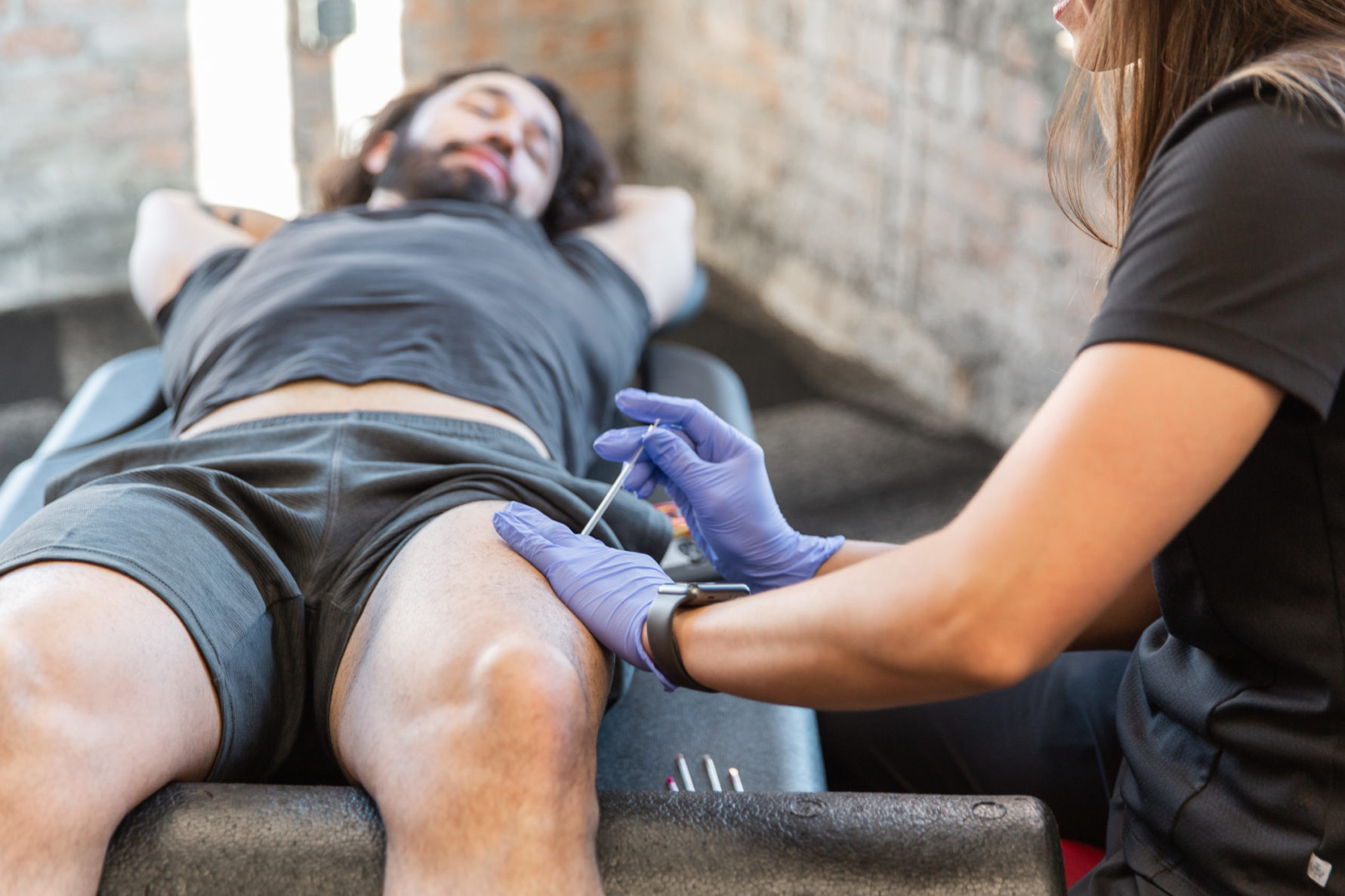The Best Daily Mobility Routine You Should Try in Your Kansas City Home
29 March 2020 — Lifestyle, Preventative Care

Mobility, mobility, mobility. You’ve probably heard it before, but why exactly is it so important?
Simply speaking, mobility is important because it helps reduce the chance for injury, keeps your joints healthy, builds more muscle, and helps you enjoy the little things in life. At F.I.T. Muscle & Joint Clinic, we preach mobility not only in our sessions, but also as you spend a little more time at home these days.
The last thing you want is to let a lack of mobility set in. So here’s a daily mobility routine you should try created by your favorite physical therapists and chiropractors in Kansas City.
Why is mobility so important in physical therapy and chiropractic care?
Before we delve into our daily mobility routine, let’s talk about why it’s important to focus on mobility in the first place.
First, mobility improves the elasticity of your muscles and ligaments (ability to stretch and contract properly), which helps to prevent injuries. Mobility also decreases the body's chances of overcompensating in muscle groups. For example, if you have the mobility to squat properly, your likelihood for experiencing lower back or knee pain decreases significantly, because your hip is mobile enough to get into a squat position without compensating through the movement.
Second, mobility helps keep your joints healthy. It does this through “warming up” the muscles and tissues that surround the joint and causes the joint to glide and move more efficiently. As a result, you’ll experience less strain and damage on your joints while preventing injuries in the muscles, tendons, and ligaments that help with motion and stability.
Third, if you’re more mobile, it means you can build more muscle at end range movements, meaning you get stronger! Since the joints and ligaments are flexible enough to get you to the end range of a lift or movement, you will get the most out of those exercises. Plus, you will also build the small muscles that stabilize the joint properly. As you stabilize the joints with the proper muscles instead of compensating with other muscle groups, you not only increase strength, but also prevent injury.
So how does mobility translate to everyday living?

We need mobility to complete everyday activities such as gardening, cleaning, playing with kiddos, and, of course, those daily at home workouts.
Think about it this way: if you have pain in your lower back or hips while squatting, you might not want to squat down and pick up your kid because it hurts too much. Or if you don’t have the right shoulder mobility, it might hurt to play catch with you kids, friends, or family members.
There are a billion other examples out there, but at the end of the day, who wants to miss out on family activities due to mobility-induced pain? The answer is simple—no one does!
Daily mobility routine to do at home
Since we’re all spending a little more time in our homes these days, mobility is more important than ever. It's hard to know where to start or how to continue to improve your mobility, so we want to equip you with some things you can do at home.
Here is a daily mobility routine our physical therapy and chiropractic team in Kansas City recommend for you to increase your mobility. Of course if you have any questions or need guidance we’re just a phone call away.
Exercise #1: Squat
- Stand with feet shoulder width apart.
- Brace your core.
- Squat down and see if you can get past 90 degrees (if you can’t squat past 90 degrees, try the following lunge and wall lean exercises to improve the ankle and hip mobility).
- When you can squat down past 90 degrees, make sure you are not extending through your lower back.
- Once you are able to perform a deep squat, do 2 sets of 15 as a warmup for your lower body and leg days.
Exercise #2: Lunge
- Place your left knee on the ground and plant your right foot in front of you with your right knee bent parallel to the ground.
- Make sure your right knee is far enough out front so whenever you lunge into it, your knee doesn’t pass your toe.
- Brace your core and engage a posterior pelvic tilt (think of a dog whenever they are in trouble and put their tail between their legs—that is a posterior pelvic tilt).
- Lunge into the right knee, hold it for two seconds, then return to neutral position (Make sure you keep your core engaged and extend through the hips, not the lumbar spine. You don’t want to have any compensation).
- Do 2 sets of 10 on each leg as a warmup for your lower body or leg days. This is going to help with hip flexion with the knee that is not on the ground, and hip extension with the knee that is on the ground.
Exercise #3: Wall Lean
- Facing a wall, place your feet in a split stance. The leading foot should be about 12 inches away from the wall. Space the other foot about 6 to 12 feet behind (less than shoulder width).
- With a slight knee bend, lean towards the wall. This will help improve ankle dorsiflexion by stretching out the calf muscles and the Achilles tendon.
- Do this for 2 sets of 10 on each leg throughout the day and before a lower body workout.
Exercise #4: Thoracic Rotation
- Get into tabletop positions (hands and knees on the floor). For a good base, your knees should be directly under your hips and about hip width apart. Your hands should be shoulder width apart and underneath your shoulders.
- Next put one of your hands on the back of your head.
- Brace the core so you can focus on the rotational move, and rotate toward the side of the arm that is on your head (right arm on head, rotate, lifting the right side; left arm on head, rotate lifting the left side).
- Rotate as far as you can and come back to a neutral position.
- Do this for 2 sets of 10-15 on each side before a total body workout.
Exercise #5: Thoracic Extension (Foam Roller)
- Get a foam roller.
- Place the foam roller on the ground.
- Lay with the foam roller placed horizontally under your shoulder blades.
- Clasp the back of your head and bring your elbows together.
- Extend back as far as you can, then return to a normal position on the foam roller.
- Do this for 2 sets of 15 to get more movement into your mid back and before an upper or a lower body workout.
Exercise #6: Thoracic Extension (Chair)
- Get a chair with a backrest.
- Put your back against the chair and sit up straight.
- Make sure the bottom of your shoulder blade is at the top part of the chair’s backrest (if the back rest is too high, put a few pillows underneath you so you can sit up higher).
- Clasp your hands behind your head and bring your elbows together.
- Extend back as far as you can, then return to a neutral sitting position.
- Do this for 2 sets of 15 to get more movement into your mid back and before an upper or a lower body workout.
Exercise #7: Lumbar Extension
- Lay on the floor on your stomach with hands shoulder width apart like you’re about to do a push-up.
- Push yourself up but try to leave everything from the waist down on the ground.
- Make sure you get all the way up and lock your elbows at end range.
- Exhale at the top of the movement and let your torso sag to the ground. This is key so you can get the full range of motion.
- Return to the floor and do this for 2 sets of 10 to warm up and increase mobility in the lower back.
Exercise #8: Wall Angels
- Stand against a wall with your head, hips, and back flat against the wall.
- Raise your elbows out to your sides to a 90-degree angle, keeping in contact with the wall as much as possible.
- Attempt to slide your arms up the wall while maintaining hip, back, and arm contact.
- Do this 10 to 15 times before an upper body or a shoulder workout to get more mobility into the shoulder girdle.
https://youtu.be/3bMkuIgg1KM
Learn more about our daily mobility routine at F.I.T. Muscle & Joint Clinic
Our expert team of chiropractors and physical therapists believe that staying active is very important, especially during this hard time. We’re always here to help you discover a daily mobility routine to keep your joints and muscles in tip-top shape.
To learn more, you can always contact us or even schedule an appointment if you have mobility/stability issues.
Contact us Schedule an appointment



